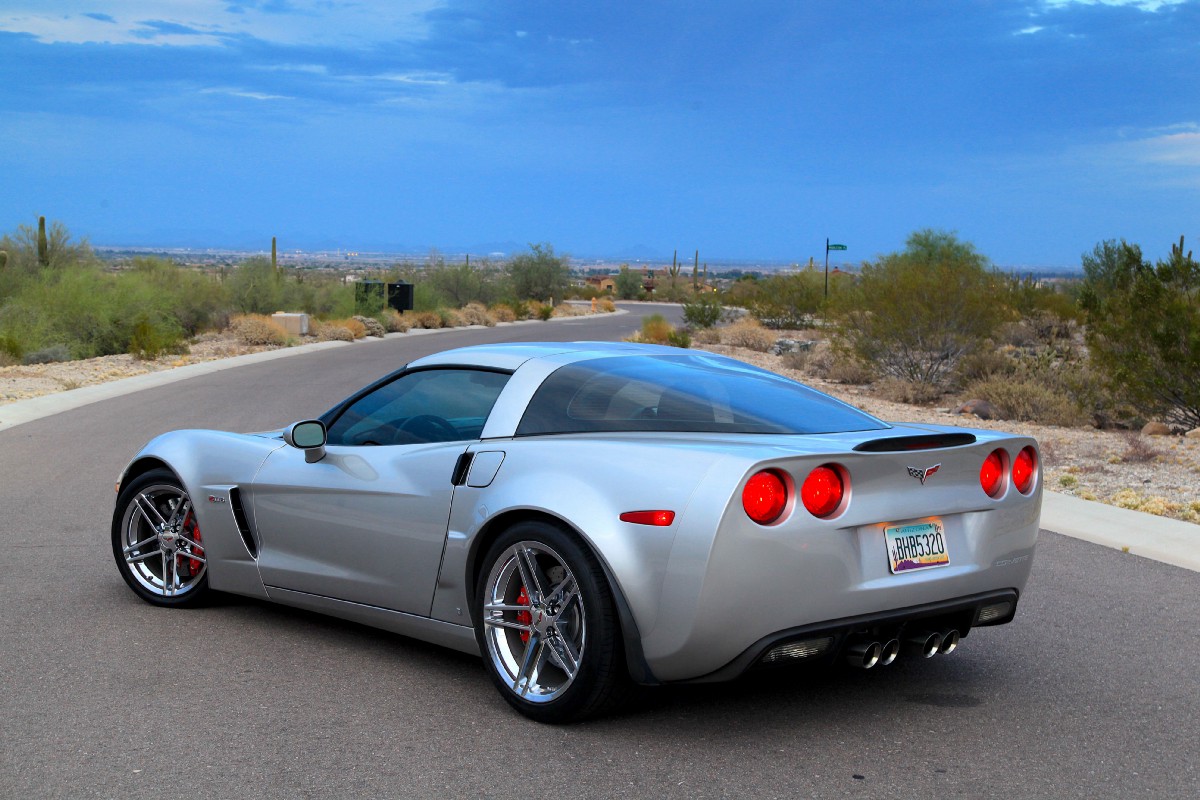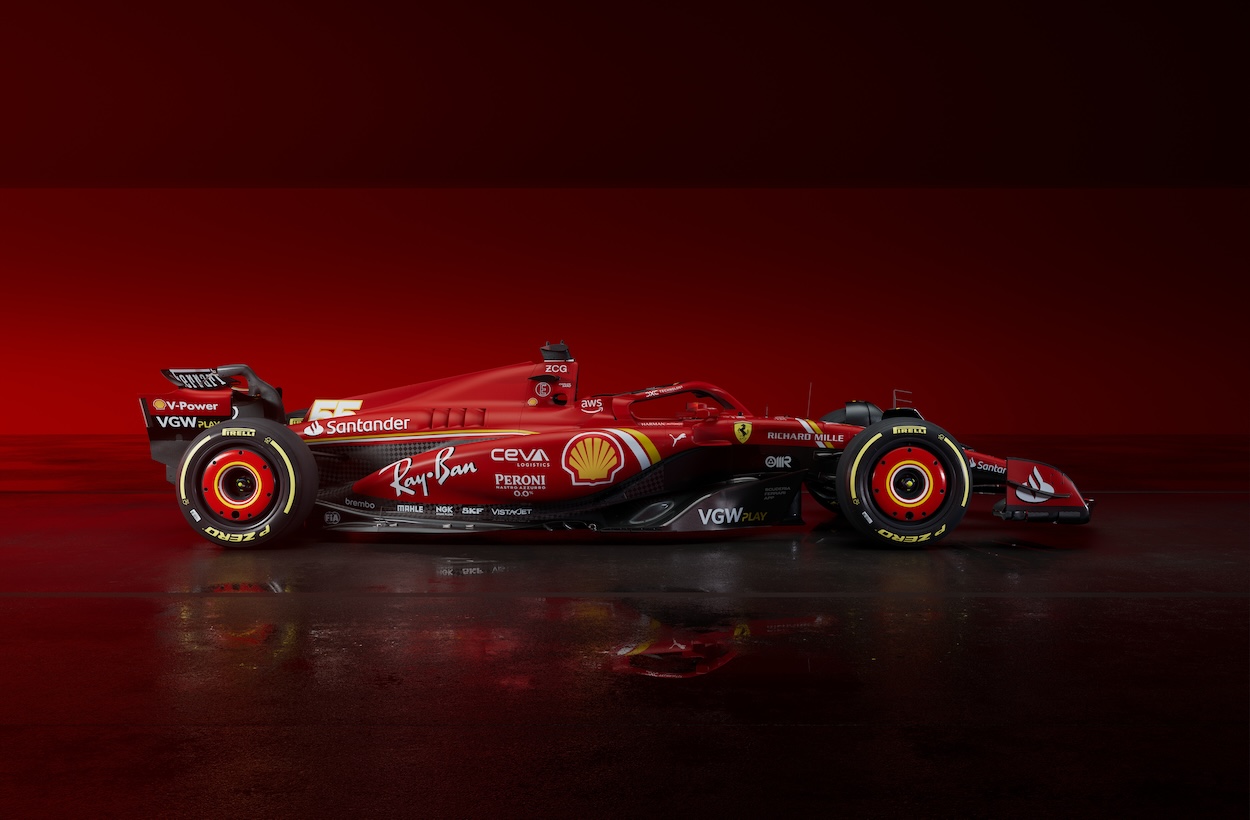Motor racing is an exhilarating and adrenaline-pumping sport that captivates the hearts of millions of fans worldwide. However, along with the excitement and thrill of motorsports, comes the inherent risks and dangers associated with high-speed racing. Accidents are an unfortunate reality in motorsports, and they can result in serious injuries or even fatalities. Understanding the common causes of motorsports accidents is crucial to preventing them and ensuring the safety of drivers and spectators alike.
1. Driver error
One of the most common causes of motorsports accidents is driver error. Racing at high speeds requires split-second decision-making and precise control of the vehicle. Tapping into the limits of a car’s performance can often lead to mistakes, such as misjudging braking distances, taking a corner too fast, or losing control of the vehicle. Even the most experienced drivers can make errors under pressure, resulting in collisions or spins.
To mitigate the risk of driver error, drivers undergo extensive training and practice to hone their skills and improve their decision-making abilities. Additionally, race teams implement strict safety protocols and guidelines to reduce the likelihood of accidents caused by driver error.
2. Mechanical failure
Another common cause of motorsports accidents is mechanical failure. Racing cars are subjected to extreme conditions, pushing them to their limits in terms of speed, acceleration, and braking. As a result, components such as brakes, tires, suspension, and engines are put under immense stress, increasing the risk of malfunctions or failures.
Regular maintenance, pre-race inspections, and thorough testing are essential to ensuring the reliability and performance of racing cars. Teams closely monitor the condition of their vehicles and replace worn-out parts to prevent mechanical failures that could lead to accidents.
3. Adverse weather conditions
Weather can play a significant role in motorsports accidents. Rain, snow, fog, or strong winds can create hazardous driving conditions, reducing visibility and decreasing traction on the track. Wet or icy surfaces can cause cars to lose grip and slide, leading to spins or collisions.
Race organizers closely monitor weather forecasts and may postpone or cancel events if conditions are deemed unsafe for racing. Drivers also adapt their driving techniques to suit the prevailing weather conditions, such as adjusting their braking points and steering inputs to maintain control of the vehicle.
4. Contact with other vehicles
Close racing and wheel-to-wheel battles are an integral part of motorsports, but they also increase the risk of accidents due to contact between vehicles. Bumping, side-swiping, or colliding with other cars can result in damage to the vehicles, as well as injuries to drivers.
Race officials and stewards impose rules and regulations governing on-track conduct to minimize the incidence of contact between vehicles. Drivers are expected to respect each other’s space and adhere to racing etiquette to prevent unnecessary collisions and maintain a safe environment for all participants.
In conclusion, accidents are an unfortunate but inevitable part of motorsports. By understanding the common causes of accidents and implementing safety measures and best practices, the risks associated with racing can be mitigated. The motorsports community must remain vigilant and proactive in addressing safety concerns to ensure that drivers and spectators can continue to enjoy the thrill of high-speed racing in a safe and responsible manner.



